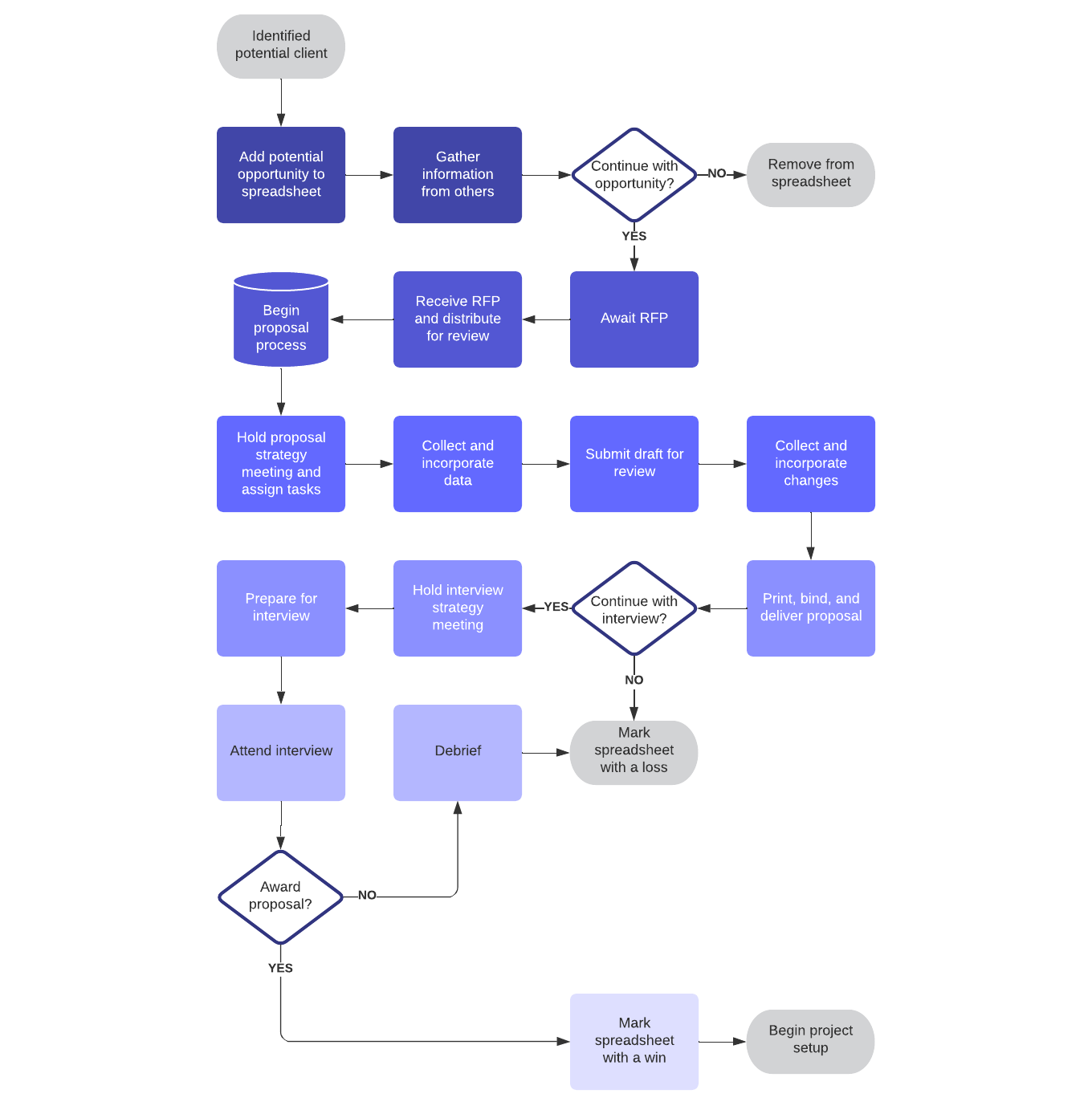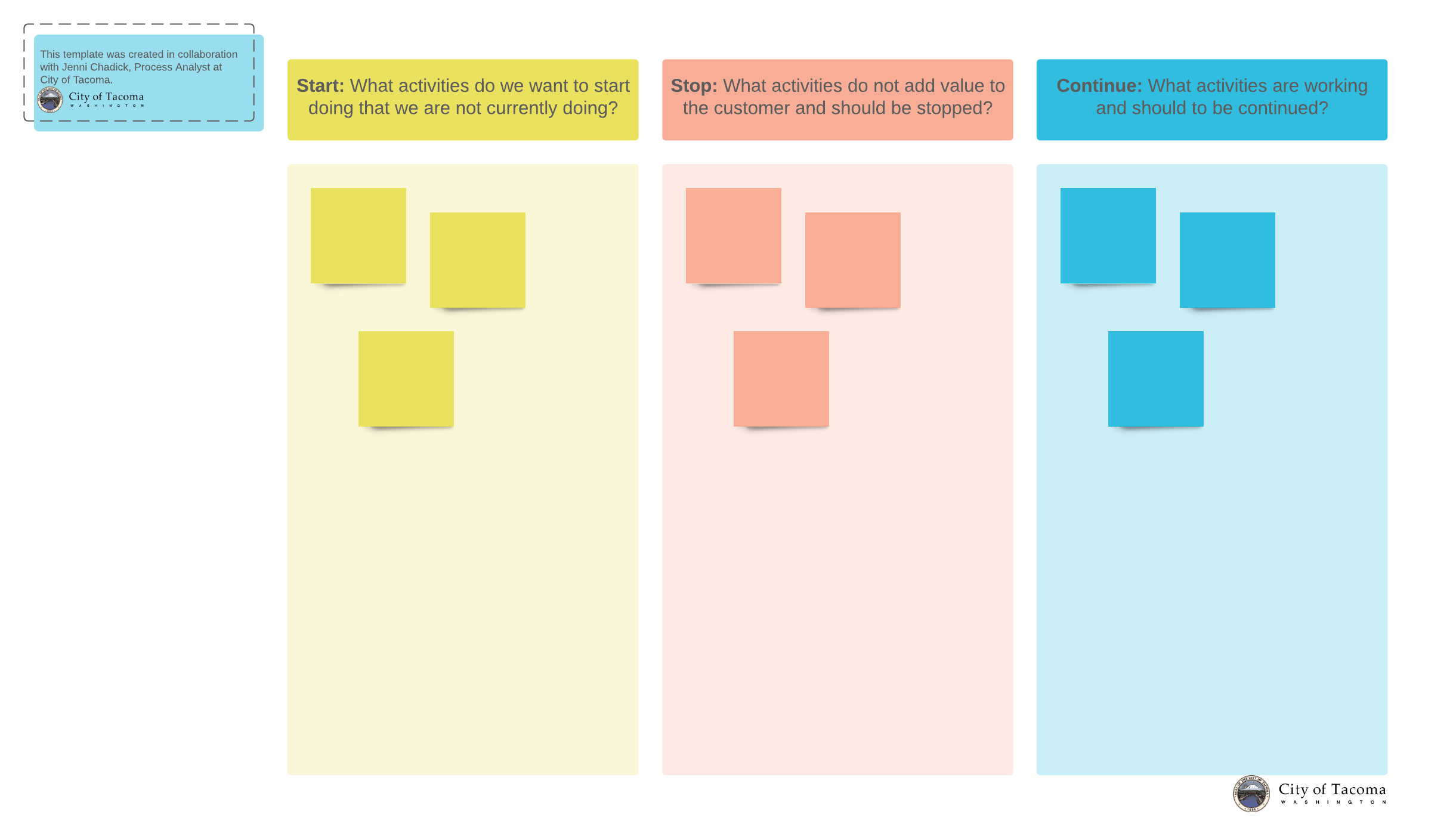
How to effectively gather team feedback for improving processes
Reading time: about 7 min
Topics:
If you're a project manager, you've probably been faced with the challenge of improving a process. You were careful to gather all relevant details into a complete brief that you've shared with your design or development team. You set timelines. You determined who needs to review and approve and built them into the workflow. Everyone is aligned and on board with the process.
What’s next? One of the most important steps in improving processes is gathering feedback from team members. But gathering feedback isn't always quick or straightforward—especially if your process is complex or includes several steps and contributors.
Let's discuss how to streamline feedback loops, minimize rounds of revision and duplicative work, and continue to simplify and improve processes.
Why you should gather team feedback
Without gathering feedback, it's impossible to gain alignment. Ideally, alignment starts early in the process. If your project or creative brief is detailed enough and is tied to larger business objectives, the output shouldn't come as a surprise to any stakeholder. Still, the feedback stage of the project management process will ensure teams are aligned and build trust and collaboration across the organization.
Who to include in feedback loops
For any project manager, determining the appropriate number of stakeholders is key to optimizing results—if you fail to loop in the right stakeholders, you will miss critical inputs and institutional knowledge. Extend the feedback invitation too far, and you'll have "too many cooks in the kitchen," which can lead to watered-down creative output and endless rounds of review and approval.
Here's who you should include in feedback loops:
The manager overseeing the process
As a project manager, this might be you! View yourself as the first line of defense before sharing your team’s work across the organization. Of course, it's essential to include any other managers overseeing or responsible for the final creative output or go-to-market plan in the feedback loop, too.
Overseeing managers typically have a bird’s-eye view of how every project or task fits into the big picture. Gathering the feedback of the manager (or managers) overseeing the process or project is critical to ensure your team's work aligns to larger strategic objectives.
Team members who own parts of the process
If someone owns part of the process, it likely means their performance is also being measured by its success. As such, contributors deserve an opportunity to help direct the outcome and provide feedback for their stage in the process flow.
Other stakeholders
Who holds a strategic stake in the decision-making process? Who will be promoting and distributing the outcome of the project? Who is responsible for the larger initiative or campaign your project ladders up to? These are all examples of stakeholders, and they'll all provide different types of feedback depending on their priorities and role. It's up to the project manager to determine who needs to stay informed and provide feedback every step of the way.
How to gather team feedback for process improvement
It's fairly simple to determine who should be part of the feedback loop, but it's tougher to gather feedback in a way that ensures everyone has the opportunity to offer their input while keeping work moving.
It may be helpful to approach gathering feedback from a synchronous perspective. Often, when teams review a project in a vacuum, they may not have all the context they need to understand the reasoning behind certain strategic or creative decisions. Bringing everyone together to communicate and collaborate around feedback in real time, can help eliminate confusion and unnecessary rounds of revisions.
Ideas for getting synchronous feedback
When it comes to gathering synchronous feedback, collaboration is key. In hybrid work environments, the best and most efficient way to come together is virtually.
Facilitate Zoom discussions
The quickest way to get everyone in the figurative room is virtual conferencing. As a project manager, you can quickly review the brief, inputs, and strategic objectives to ensure everyone is viewing the work from a unified perspective. When a project is ready for review, set up a video call and allow the project lead, creative director, designer, or whoever is responsible for the output or production of the project to walk through the work.
Once the presentation is complete, open up the conversation to the room. If you're still early in the approval process, ask the team to share whether the project aligns with the brief vs. nitpicky comments and edits. You can dig into the details in later approval stages and collaborate on real-time updates.
Pro tip: Delineate the difference between strategic and subjective feedback early and often to keep conversations on track and projects moving along smoothly with minimal contention.
Map the process together
Sometimes, it's difficult for individual approvers to see the forest through the trees when reviewing a project and providing constructive feedback.
As a project manager, it's important to give your team the tools to understand their place in the process and the project's contribution to larger objectives and goals. A process map can help your team see where they fit in the work and gain insight into who is contributing to the project and at which stage. This context is crucial to maintaining alignment as work continues and allows team members to advocate for themselves and their work.

Use a virtual whiteboard
You can facilitate better communication during feedback sessions with a virtual whiteboard like Lucidspark. As you discuss feedback in real time, you can drop ideas and sketches into a shared canvas to facilitate the conversation and help everyone see the bigger picture. If you run into a strategic or creative roadblock, this Stop, start, continue template can also help facilitate effective brainstorming sessions and adjustments to the in-progress work.

Ideas for asynchronous feedback
It's not always possible to get everyone to provide synchronous feedback in real time. Asynchronous feedback can still be efficient with the following tips.
Facilitate one-on-one discussions
If you're waiting for feedback from an individual team member, set up a quick 1:1. You can share recordings or whiteboard sessions from previous rounds of feedback to help provide context and gain more helpful thoughts and suggestions.
Use visual collaboration apps
The beauty of visual collaboration apps such as the Lucid Visual Collaboration Suite is that they allow team members who weren't able to attend live sessions to quickly visualize and understand thought processes and projects at a glance. Use visual collaboration apps to enable the team to add their comments and ideas on their own time rather than in a group meeting.
Use messaging apps
For quick collaboration, messaging apps like Slack and Microsoft Teams beat email every time. The conversation feels more casual and organic, and it's easy to maintain visibility into communication around the work and quickly gather the input you need to keep moving forward.
Send out surveys or polls
Some team members may not feel as comfortable providing feedback live. If you prefer to keep feedback anonymous, you could send a survey or poll to the team via Slack or email. You can then share this input with the team to inform future collaborative sessions.
Tips for making the most of feedback sessions
Synthesize and summarize
Feedback sessions must be actionable—take detailed notes, summarize the main takeaways from everyone's feedback, and share your summary with the team.
Be transparent
An essential part of process improvement and improving the quality of feedback is to be clear about how you'll be sharing and incorporating feedback. Following a feedback session, be transparent about what happens next. You can incorporate this transparency into the process map previously used to facilitate collaboration.
Follow up
Follow up with the team about any changes to the project's goals, workflow, or approvers. You can add these updates to your virtual whiteboard or other collaborative templates to keep all relevant information in one place.
Gathering feedback is a challenging process for even the most efficient organizations. As a project manager, you’ll likely need to facilitate these processes and meetings to keep them on track and effective. However, if you can utilize virtual and visual collaboration tools, you can help ensure that your process is aligned with strategic objectives and messaging and make feedback loops relatively swift and easy.

Ready to pivot your processes?
Check out these tipsAbout Lucidchart
Lucidchart, a cloud-based intelligent diagramming application, is a core component of Lucid Software's Visual Collaboration Suite. This intuitive, cloud-based solution empowers teams to collaborate in real-time to build flowcharts, mockups, UML diagrams, customer journey maps, and more. Lucidchart propels teams forward to build the future faster. Lucid is proud to serve top businesses around the world, including customers such as Google, GE, and NBC Universal, and 99% of the Fortune 500. Lucid partners with industry leaders, including Google, Atlassian, and Microsoft. Since its founding, Lucid has received numerous awards for its products, business, and workplace culture. For more information, visit lucidchart.com.
Related articles
Process vs. procedure: the secret to seamless collaboration [+ flowchart]
This article clarifies process vs. procedure and gives examples of both. Plus, we’ve included a free flowchart!
